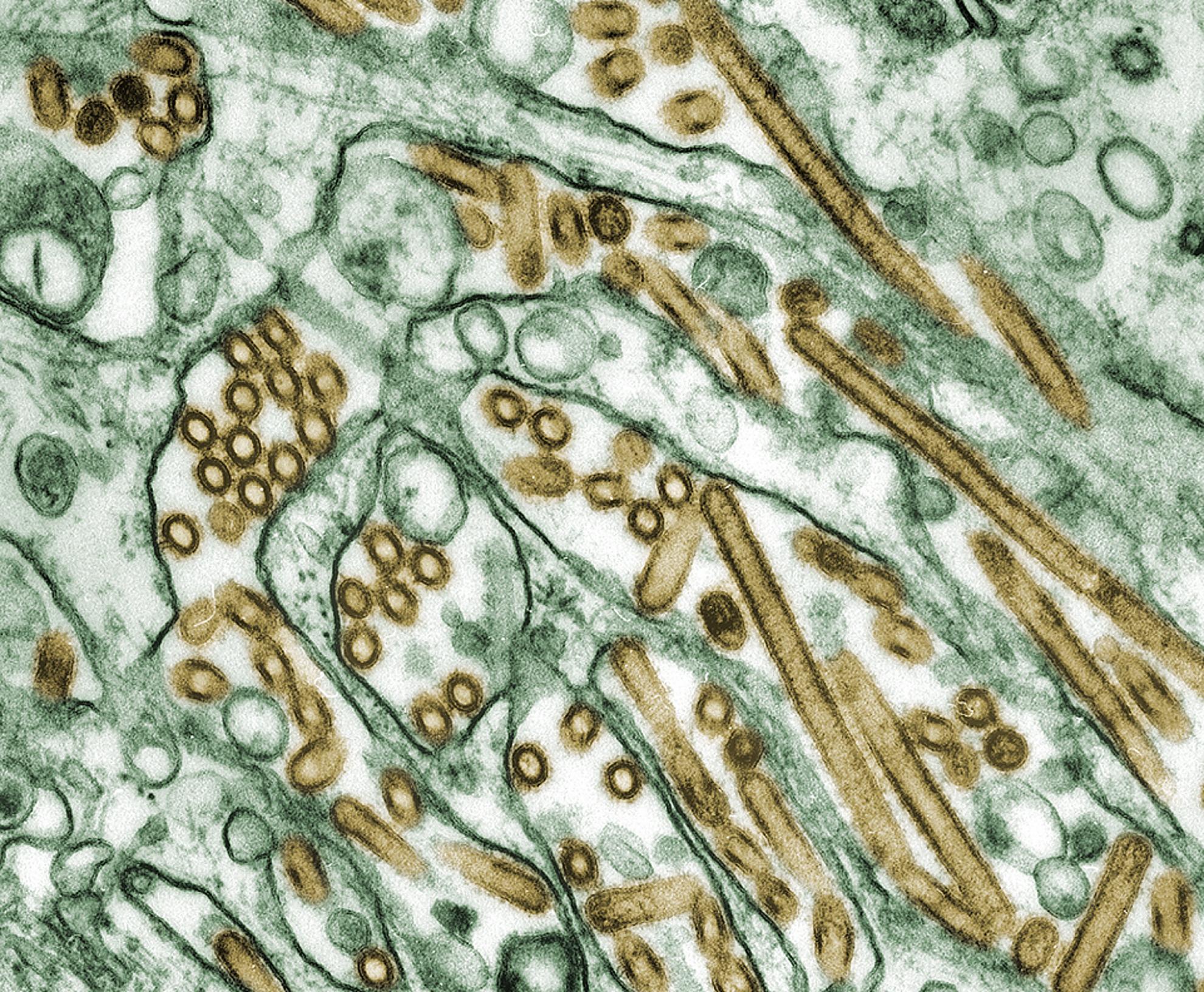Mutation of influenza A virus PA-X decreases pathogenicity in chicken embryos and can increase the yield of reassortant candidate vaccine viruses
The PA-X protein of influenza A virus has roles in host cell shut-off and viral pathogenesis. While most strains are predicted to encode PA-X, strain-dependent variations in activity have been noted. We found that PA-X protein from A/PR/8/34 (PR8) strain had significantly lower repressive activity against cellular gene expression compared with PA-Xs from the avian strains A/turkey/England/50-92/91 (H5N1) (T/E) and A/chicken/Rostock/34 (H7N1). Loss of normal PA-X expression, either by mutation of the frameshift site or by truncating the X-ORF, had little effect on the infectious virus titre of PR8 or PR8 7:1 reassortants with T/E segment 3 grown in embryonated hens' eggs. However, in both virus backgrounds, mutation of PA-X led to decreased embryo mortality and lower overall pathology; effects that were more pronounced in the PR8 strain than the T/E reassortant, despite the low shut-off activity of the PR8 PA-X. Purified PA-X mutant virus particles displayed an increased ratio of HA to NP and M1 compared to their WT counterparts, suggesting altered virion composition. When the PA-X gene was mutated in the background of poorly growing PR8 6:2 vaccine reassortant analogues containing the HA and NA segments from H1N1 2009 pandemic viruses or an avian H7N3 strain, HA yield increased up to 2-fold. This suggests that the PR8 PA-X protein may harbour a function unrelated to host cell shut-off and that disruption of the PA-X gene has the potential to improve the HA yield of vaccine viruses.
Influenza A virus is a widespread pathogen that affects both man and a variety of animal species, causing regular epidemics and sporadic pandemics with major public health and economic consequences. A better understanding of virus biology is therefore important. The primary control measure is vaccination, which for humans, mostly relies on antigens produced in eggs from PR8-based viruses bearing the glycoprotein genes of interest. However, not all reassortants replicate well enough to supply sufficient virus antigen for demand. The significance of our research lies in identifying that mutation of the PA-X gene in the PR8 strain of virus can improve antigen yield, potentially by decreasing the pathogenicity of the virus in embryonated eggs.
